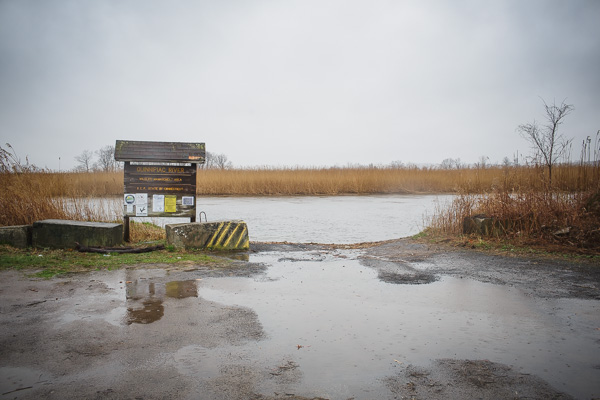A concrete concern




photos by Ian Christmann
Made infamous by the movie Erin Brokovich, the compound hexavalent chromium is a classified carcinogen, of controversial concern in drinking water as the film’s storyline reveals. But what, if any, impact does it have on the ecosystems of non-drinking source waterways, such as the Quinnipiac River?
Prior to the 1990s, hexavalent chromium was widely used in industry. Today, it is mainly used in electro-plating, leather-tanning, wood preservation and the manufacture of plastic and dyes. Hexavalent chromium is most dangerous when chronically inhaled through dust, fumes or mist, a risk in “hot work” such as welding stainless steel or the use of certain spray paints and coatings. When it comes to hexavalent chromium’s impact in water, many questions still remain. Soluble compounds are a weaker carcinogen, however, according to a 2011 study of hexavalent chromium in drinking water, published by California’s Office of Environmental Health Hazard Assessment, “there is now sufficient evidence that hexavalent chromium is also carcinogenic by the oral route of exposure, based on studies in rats and mice conducted by the National Toxicology Program.”
Empowered by a grant from the Quinnipiac River Fund (a component fund of The Community Foundation for Greater New Haven), Yale University is helping shed further light on hexavalent chromium by measuring its concentration in storm water run-off in the Quinnipiac River watershed.
During heavy rains, water drains off large impervious surfaces, such as parking lots and roads, throughout Central Connecticut. Much of it eventually exits into the Quinnipiac River. In the past, combined sewer overflows brought all sewer water (both rain and sewage) to be treated in sewage plants. Unfortunately, with heavy rain conditions, the systems often overflowed, allowing raw sewage into rivers. New laws required sewer separation, bringing only raw sewage to treatment plants and draining rainwater directly to rivers and water bodies. Sewer separation solved the problem of sewage overflows, but created a new unique problem: heavy metal pollutants, such as hexavalent chromium, in surface run-off are being deposited, untreated, into the river.
Not only do large paved areas transport pollutants, but when it comes to hexavalent chromium, the concrete itself is a suspected source of the compound, making the highly developed Quinnipiac River watershed a perfect testing ground. Results of the testing are confirming concrete as a source, with higher concentrations of hexavalent chromium being found in watershed’s tributaries that are downstream of areas with more urban land cover, a relationship that is especially clear while it’s raining.
The Quinnipiac River Fund awarded Yale University a grant in March of 2013 to support the measurement of hexavalent chromium concentrations and chemical behavior in storm water within the watershed and in the River itself. The Fund has supported numerous research studies of chemical pollution in the River and its effects on species of flora and fauna that call the Quinnipiac home.
